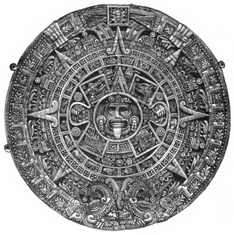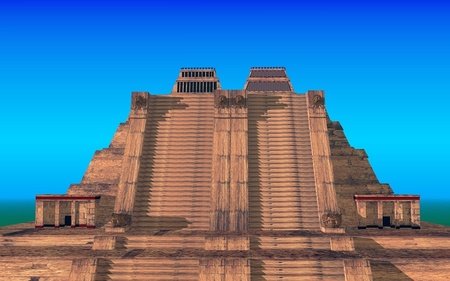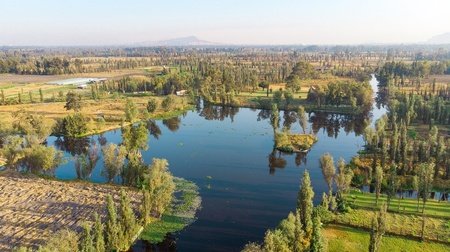
5-Minute Secrets of History #1-The Aztecs
First published: Thursday February 22nd, 2024
Report this blog
Introduction
The Aztecs created an amazing empire. They ruled a large part of Mexico until the Spanish came and their civilization was wiped out. What remains today are stories of brutality, sacrifice, and war. But new truths have started to emerge.
Note to Readers
I cannot verify all of this information. There is not a whole lot of knowledge available about this subject. The information here is from the best guesses of historians and based on what I learned in my history class a few years back. I have tried to verify the accuracy of this blog, but I cannot be sure that everything is completely true.
Origin
The Aztecs were banished by other tribes to the shores of Lake Texcoco, according to some stories. They fought with them and ultimately decided to settle the island in the center of the lake. They named their capital Tenochtitlan.
Quick Facts
The Aztec Empire was an empire in modern-day Mexico. Its capital was Tenochtitlan, in Lake Texcoco. They are famous for their sacrificial rituals and their leader Moctezuma. They were brutally conquered by Spanish explorers, ending their age of glory.

Geography
The Aztec capital was an island city called Tenochtitan. The city was built on a swampy island in the middle of Lake Texcoco. The capital's population grew to 300,000 before it abruptly ended. But how did the Aztecs turn a swamp into a city?

They used chinampas, or floating islands. These were patches of grass, leaves, dirt, and other materials woven together with sticks. They could float on water and allowed for large-scale farming and housing, which was revolutionary for the time.

The Aztecs could probably have had as many as four corn crops a year, allowing them to feed their population. This is one of the most under appreciated facts about their society.
Religion
The Aztecs were polytheistic and worshipped many gods, the main one being Huitzipochitli, the sun god. They believed that the sun needed to rise every day, and the sun would not rise if Huitzipochitli was angry. They sacrificed their citizens to please the gods. This is one of the most famous stories of Aztec culture, which was popularized by Spanish scribes and scholars. But it is worth noting that many other civilizations were just as brutal as they were.
One of the most brutal parts of Aztec sacrificial history was their mass sacrifice to celebrate the building of a temple in Tenochtitlan. They sacrificed as many as 20,000 of their citizens to Huitzipochitli in a small period of time. Due to this sacrificing, an Aztec's life expectancy was only 39 years.
Aztec Building
The Aztec capital, Tenochtitlan, was a masterpiece of engineering. However, we know almost nothing about what it looked like, because Spanish soldiers destroyed almost everything. We know they used chinampas, or floating islands. We know they built palaces and temples. We also know they built bridges between the city and the shores of the lake, as well as aqueducts to bring in freshwater. The Aztecs were truly very advanced for their time. And what's more, they did all of this without the wheel.
Threats Emerge
The Spanish had begun to continue their exploration of the "New World" during the Aztecs' classical age. In February of 1519, explorer Hernan Cortes landed his ships at Veracruz. By November, he had reached Tenochtitlan. Fighting broke out when Cortes and his soldiers interrupted an Aztec ceremony, ultimately leading to a large-scale siege and battle for the city. The empire fell and was destroyed by the Spanish.
Tenochtitlan Today
Today, Tenochtitlan is known as Mexico City. Texcoco was drained, and the Spanish built Mexico City on the ruins of the Aztec capital. To this day, ruins are occasionally being discovered during construction projects. Mexico City, named for the Mexica tribe, is now the capital of Mexico.
